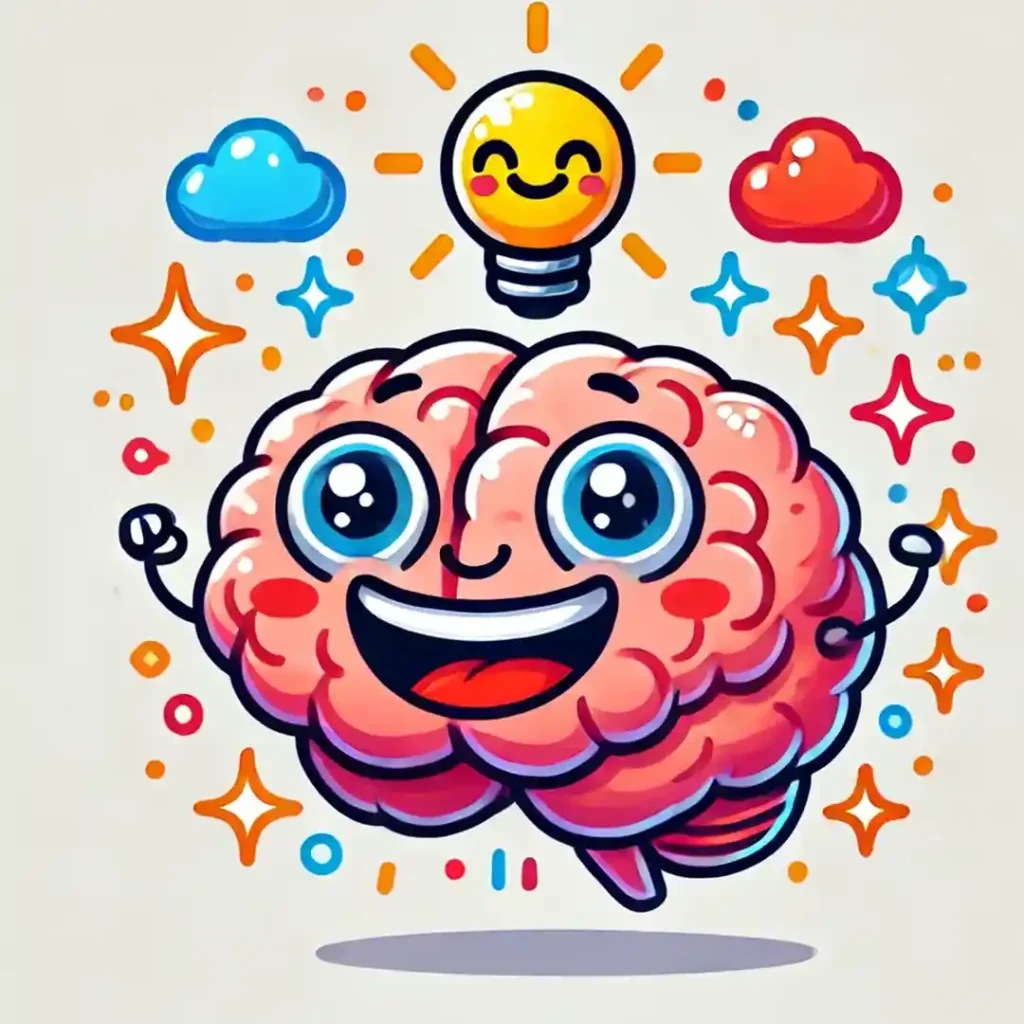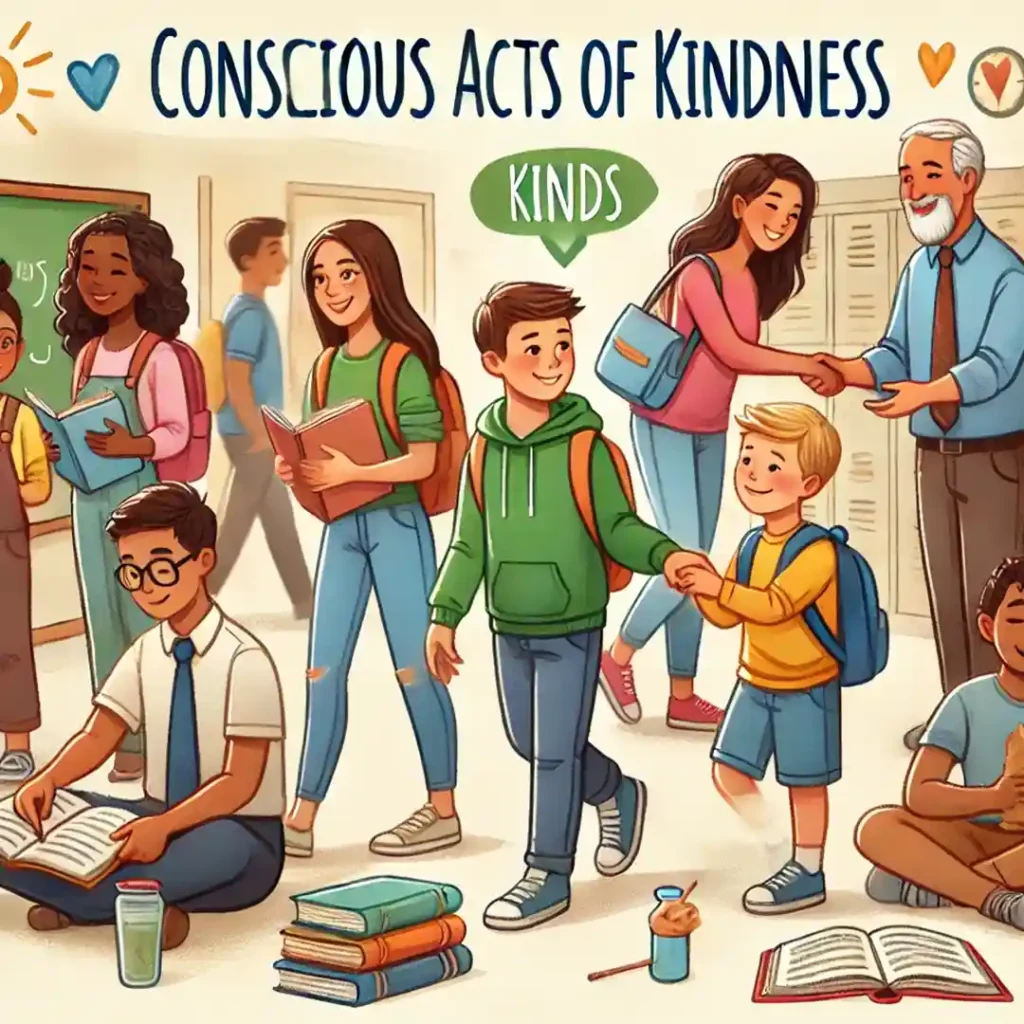I remember many mornings when I walked into my classroom, feeling the weight of long weeks and days on my shoulders. My enthusiasm for happy teaching was buried under a pile of stress, and as I greeted my students, I noticed their responses were a bit more subdued than usual. The energy in the room just wasn’t there. It didn’t take long for me to realize that my mood set the tone for the entire class. I learned a valuable lesson: the happiness I bring into the classroom is contagious, for better or worse.
That experience led me to explore the concept of “happy teaching” – the idea that when we, as educators, prioritize our own well-being and happiness, we create a ripple effect that benefits everyone around us. Happy teaching isn’t just about feeling good; it’s about fostering a positive environment where both teachers and students can thrive.
The Ripple Effect:
When we embrace happy teaching, we’re not just doing ourselves a favor; we’re impacting our students in profound ways. A teacher’s happiness has a way of permeating the classroom, lifting the mood, and creating an atmosphere that’s conducive to learning. Students are incredibly perceptive—they pick up on our energy, whether it’s positive or negative. When we’re upbeat and joyful, they’re more likely to engage, participate, and enjoy the learning process.
But the benefits don’t stop with the students. Our colleagues also feel the effects. A happy teacher can inspire and uplift fellow teachers, creating a supportive and positive school culture. When we prioritize our happiness, we set an example for others, showing that it’s possible to enjoy the work we do, even on the tough days. In the end, happy teaching is about more than just personal satisfaction—it’s about making a lasting impact on everyone we interact with.
The Science Behind Happy Teaching

The Brain’s Happiness Advantage:
It turns out that our brains are wired to perform at their best when we’re happy. Research has shown that happy brains significantly outperform those in neutral, anxious, or angry states. When we’re feeling good, our brains are flooded with dopamine and serotonin, the neurotransmitters responsible for making us feel content and motivated. These chemicals don’t just improve our mood; they also enhance cognitive functions like memory, attention, and problem-solving skills.
In fact, studies have found that individuals who are happy are more productive, creative, and effective in their tasks. One study revealed that doctors who were in a positive mood before seeing patients made accurate diagnoses nearly 19% faster than those who were neutral or stressed. Imagine how this applies to us as teachers—when we’re happy, we’re better equipped to think on our feet, manage our classrooms, and connect with our students. Happy teaching truly has a measurable impact on our performance and, by extension, on our students’ learning experiences.
The Plasticity of Happiness:
One of the most exciting discoveries in psychology is the concept of brain plasticity—the idea that our brains are not fixed but can be shaped and changed over time. This means that we’re not stuck with a certain level of happiness; we can actively work to increase it. Through practices like gratitude, mindfulness, and positive thinking, we can rewire our brains to be happier more often. We can leverage psychological techniques like the Tetris Effect to achieve more happiness.
Psychologists have shown that by repeatedly focusing on positive experiences and cultivating a happy mindset, we can actually raise our base level of happiness. This isn’t just about feeling good in the moment; it’s about creating long-lasting changes in how we perceive and interact with the world. For teachers, this is powerful. By embracing the principles of happy teaching, we can make happiness a more permanent part of our lives, leading to greater satisfaction and effectiveness in our roles.
Real-World Examples:
Let’s look at some real-world examples that highlight the power of happiness in boosting performance:
- University of Toronto Experiment: In one study, participants who were primed to feel happy were able to recall significantly more details from a series of images compared to those in a neutral or negative mood. The happy participants didn’t just notice the obvious details—they picked up on subtle elements in the background that others missed. This suggests that happiness enhances our ability to take in and process information, a critical skill for both teaching and learning.
- Doctor’s Study with Candy: Another fascinating study involved doctors who were given a piece of candy before taking a diagnostic test. Interestingly, the candy wasn’t for immediate consumption—they could only eat it after the test. Even so, the simple act of receiving a treat put them in a better mood, and they performed better on the test as a result. This underscores how even small, positive stimuli can have a significant impact on our cognitive abilities.
- Children and Learning Tasks: In a study involving young children, those who were asked to imagine something that made them happy before completing a learning task outperformed their peers who didn’t engage in this exercise. The happy children were more engaged, made fewer mistakes, and completed the task more efficiently. This finding is particularly relevant for teachers—it shows that by helping our students tap into positive emotions, we can enhance their learning outcomes.
These examples demonstrate that happiness isn’t just a feel-good concept; it’s a powerful tool that can enhance our cognitive abilities and overall effectiveness. As teachers, we can harness the happiness advantage to create a more dynamic, engaging, and successful classroom environment.
Practical Tips for Implementing Happy Teaching

Pre-Lesson Happiness Boosters:
Let’s face it—some days, we walk into the classroom feeling less than energized. But here’s the good news: it only takes a couple of minutes to turn things around. Before stepping into your next lesson, try incorporating a quick happiness booster into your routine. It can be as simple as sharing a joke with a colleague, taking a brisk walk around the halls, or watching a short, funny video that never fails to make you smile.
These small actions are powerful because they shift your mindset from whatever stress or fatigue you might be carrying into a more positive, energized state. And it doesn’t take long—just a few minutes is all you need to make a noticeable difference in how you approach your teaching. Remember, happy teaching isn’t about being in a great mood all day long; it’s about finding moments to refresh and reset, so you can bring your best self to your students.
Find Something to Look Forward To:
One of the simplest ways to sustain happiness throughout your day or week is to always have something to look forward to. It doesn’t have to be anything big—a small joy can be just as effective. Maybe it’s that fun, interactive lesson you’ve planned for the afternoon, a quick coffee break with a colleague you enjoy chatting with, or even just knowing that you’ll have a quiet moment to yourself after school.
As teachers, our days can be incredibly structured, and sometimes, the routine can feel monotonous. But by peppering your schedule with little things that bring you joy, you create pockets of happiness that can carry you through the day. This not only boosts your own morale but can also make your teaching more engaging, as your enthusiasm will naturally spill over into your lessons.
Commit Conscious Acts of Kindness:
One of the most fulfilling ways to increase your own happiness is by spreading it to others. Committing small, conscious acts of kindness throughout your day can have a profound effect on your mood and the atmosphere in your school. Whether it’s complimenting a student on their progress, offering to help a colleague with a task, or simply holding the door open for someone, these little gestures can make a big difference.
What’s great about this approach is that it creates a positive feedback loop. When you make someone else’s day a little brighter, you feel good, too. Over time, these acts of kindness can help build a more positive, supportive school culture where everyone feels valued and appreciated.
Infuse Positivity into Your Surroundings:
Our environment plays a huge role in how we feel, so why not take some time to infuse a little positivity into your classroom and staff room? Small changes can have a big impact. Consider adding a few inspiring quotes to your classroom walls—words that can uplift both you and your students throughout the day. Bright, cheerful decorations or even a plant or two can also create a more inviting space.
In the staff room, think about creating a positivity board where teachers can share uplifting messages or funny anecdotes. These small touches not only make your environment more pleasant but also serve as constant reminders to stay positive, even when things get tough. By creating spaces that reflect happiness and optimism, you’ll find it easier to maintain a positive mindset throughout the day.
Self-Care Strategies for Sustaining Happy Teaching

Exercise:
We all know that teaching can be physically and mentally demanding, so finding ways to keep our energy levels up is crucial. One of the most effective ways to do this is through regular physical activity. Now, I’m not suggesting that you need to hit the gym for an hour every day (though if you can, more power to you!). Even something as simple as a quick walk during your lunch break or a few minutes of stretching between classes can make a big difference.
Exercise boosts our mood by releasing endorphins, the body’s natural “feel-good” chemicals, which help reduce stress and increase overall happiness. When you incorporate regular physical activity into your routine, you’ll find that you have more energy to tackle the day and a more positive outlook to bring to your classroom. Plus, it’s a great way to clear your mind and give yourself a break from the daily grind, making it easier to stay focused and present with your students.
Meditate – Even for 5 Minutes:
In the whirlwind of a busy school day, finding time to slow down and breathe can seem impossible. But that’s exactly why meditation can be such a powerful tool for teachers. Even just five minutes of meditation can help you reset your mind, reduce stress, and enhance your overall sense of well-being.
You don’t need a special space or a lot of time to meditate. Simply find a quiet spot, close your eyes, and focus on your breath. If your mind starts to wander, gently bring it back to your breathing. This simple practice can help you cultivate a sense of calm and clarity, which is invaluable when you’re juggling the many demands of teaching. By making meditation a regular part of your routine, you’ll find it easier to maintain your happiness and stay resilient in the face of challenges. I like to follow along with short, guided meditations like this one.
Spend Money on Experiences:
When it comes to boosting long-term happiness, how we spend our money matters. Research shows that investing in experiences rather than material goods leads to greater and more lasting happiness. For teachers, this might mean spending money on a fun weekend getaway, a dinner out with friends, or a ticket to a concert or play.
These experiences create memories that continue to bring us joy long after the event has passed, unlike material purchases, which tend to lose their appeal over time. By prioritizing experiences, you’re not only enhancing your own happiness but also bringing that positive energy back into the classroom. After all, when you’re feeling fulfilled and content, it’s easier to inspire and engage your students.
Exercise a Signature Strength:
We all have certain strengths that, when we use them, make us feel energized, confident, and, yes, happy. These are our signature strengths—the qualities that come most naturally to us and that we excel at. Identifying and regularly exercising these strengths is a powerful way to sustain happiness in both our personal and professional lives.
To find out what your signature strengths are, I highly recommend taking the VIA Character Strengths survey (you can find it here). Once you know your strengths, look for ways to incorporate them into your teaching. For example, my top strengths include humor, love of learning, creativity, curiosity, and perspective. When I bring these strengths into my classroom—whether it’s by making my students laugh, exploring a new topic in depth, or finding creative ways to present material—I feel more engaged and fulfilled in my work.
By playing to your strengths, you not only enhance your own happiness but also bring more authenticity and passion to your teaching, which your students are sure to notice and appreciate.
Conclusion: The Ongoing Journey of Happy Teaching
As we wrap up, I invite you to take a moment to reflect on how you can incorporate these principles of happy teaching into your daily routine. Think about the strategies that resonate with you—whether it’s boosting your mood with a quick pre-lesson happiness booster, planning small joys to look forward to, or finding new ways to exercise your signature strengths in the classroom. Remember, happy teaching isn’t just about making it through the day with a smile on your face; it’s about building a sustainable, joyful career that enriches both your life and the lives of your students.
The journey toward happy teaching is ongoing, and it’s deeply personal. What works for one teacher might not work for another, and that’s okay. The key is to find the practices that make you feel more connected, more energized, and more fulfilled in your work. As you experiment with these strategies, you’ll discover what truly enhances your happiness and helps you bring your best self to your students.
Now, I encourage you to start small. Choose one or two strategies that you feel excited about and try them out in your teaching practice. Pay attention to the changes in your mood, your energy levels, and how you interact with your students and colleagues. You might be surprised at how even small shifts can lead to big improvements in your overall happiness and well-being.
Remember, happy teaching is about more than just feeling good in the moment—it’s about embracing the happiness advantage to create a positive, thriving classroom environment where both you and your students can flourish. So take that first step today, and let the ripple effects of your happiness spread throughout your school. Here’s to a joyful, fulfilling, and inspiring teaching journey!
Bibliography
Achor, S. (2010). The Happiness Advantage: How a Positive Brain Fuels Success in Work and Life. Crown Business.
Seligman, M. E. P., Steen, T. A., Park, N., & Peterson, C. (2005). Positive psychology progress: Empirical validation of interventions. American Psychologist, 60(5), 410-421.
VIA Institute on Character. (2024). VIA Character Strengths Survey.

